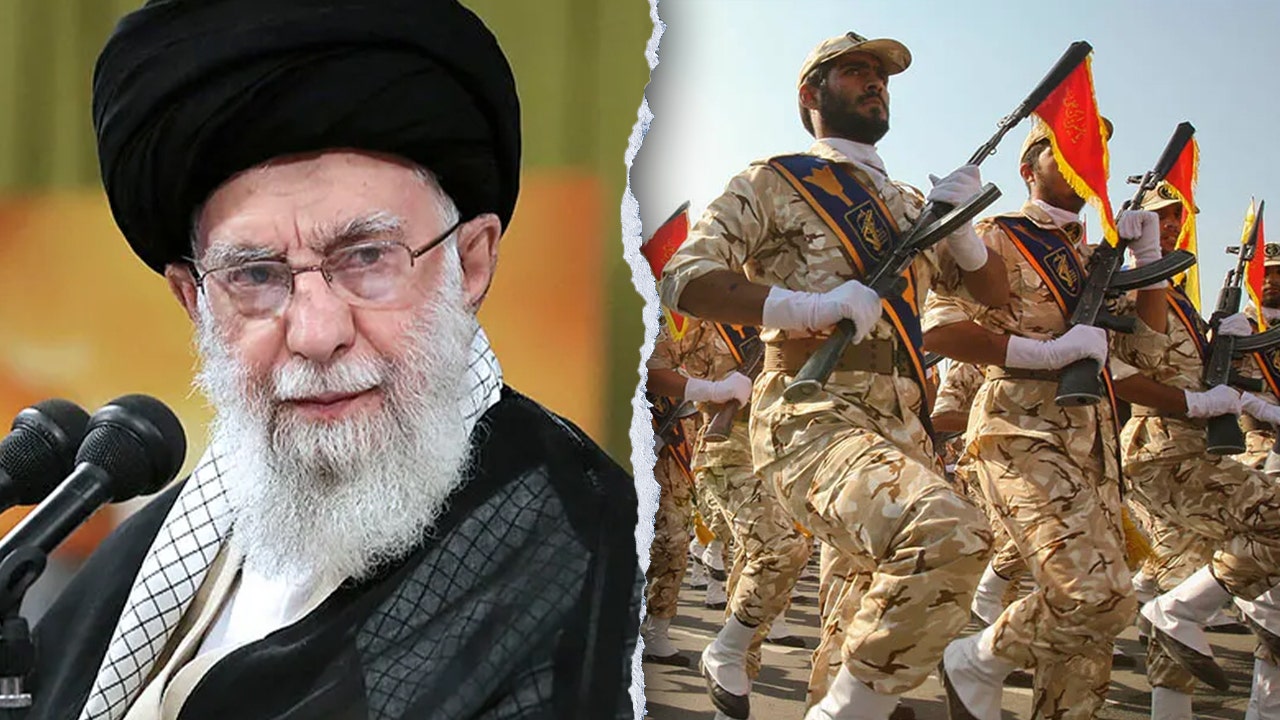Military experts: Iran’s strike power diminished after devastating attacks
NEWYou can now listen to Fox News articles!
In a historic turn of events, Iran agreed to a ceasefire Monday following a limited strike on a U.S. military base in Qatar.
The agreement, brokered by President Donald Trump, marks a dramatic de-escalation after 12 days of war.
Even as the ceasefire deal seems to be teetering, experts say Iran’s decision to step back reflects the heavy toll its military infrastructure has taken in the wake of coordinated U.S. and Israeli strikes on nuclear sites, missile stockpiles and key production facilities.
“Iran cannot win this war,” said Danny Orbach, a military historian at Hebrew University. “They’ve lost roughly 60% of their launchers. Even if they still have around 1,000 long-range missiles, without enough functioning launchers, they can’t deploy them effectively.”
TRUMP ANNOUNCES HISTORIC IRAN AND ISRAEL CEASEFIRE AGREEMENT TO END ’12 DAY WAR’
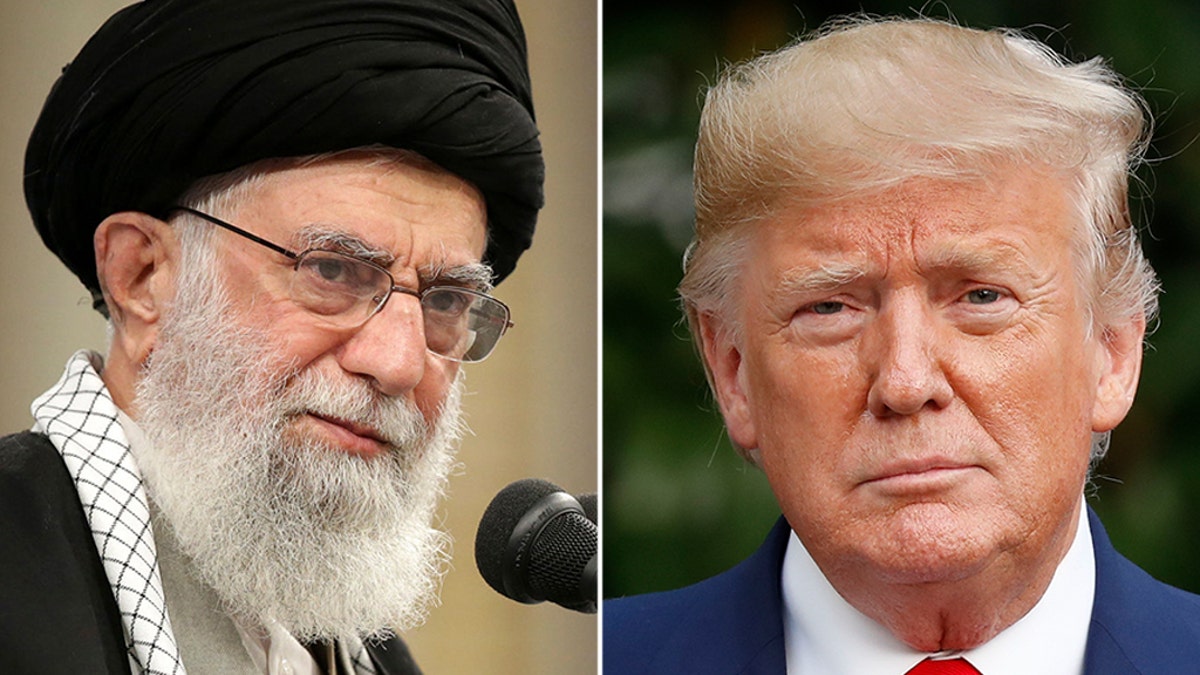
Iranian Supreme Leader Ali Khamenei, left, and President Donald Trump.
According to U.S. and Israeli officials, the attack on the Al Udeid Air Base in Qatar — the largest U.S. base in the Middle East — caused no casualties and only minor damage. The strike appears to have been carefully calibrated.
“The strike in Qatar was coordinated with the Americans and was not intended to impress or cause real harm,” claimed Sima Shine, a former Mossad official and senior Iran expert at Israel’s Institute for National Security Studies. “Iran still has weapons, but it doesn’t want to draw the U.S. into an all-out war. And they know closing the Strait of Hormuz will end badly for them.”
“What has largely remained intact is Iran’s short-range capability,” said Blaise Misztal, vice president of policy at the Jewish Institute for National Security of America (JINSA). “These are thousands of rockets, missiles, and drones that can’t reach Israel, but can absolutely hit U.S. bases in Qatar, Iraq, Bahrain, and the UAE. That’s what we saw in the strike on Al Udeid.”
Misztal added that Iran’s remaining arsenal is “well-developed and available in far greater quantities” than its long-range weapons. “The danger isn’t just to U.S. forces. Iran can still target energy infrastructure, major cities, and commercial shipping across the Gulf.”
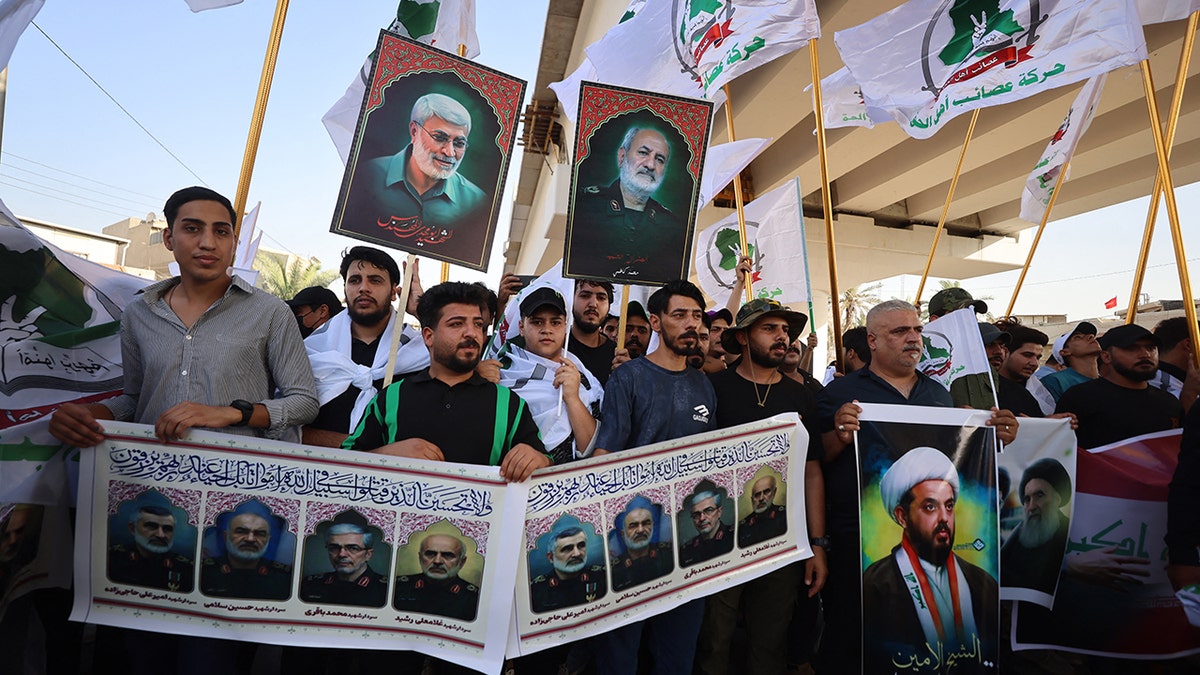
Supporters of Iraqi pro-Iran groups hold pictures of Iranian Revolutionary Guard commanders killed in the Israeli airstrikes in Tehran, Iran, during a protest in Baghdad near the green zone, the ultra-secured neighborhood hosting the U.S. Embassy, on June 16, 2025, amid the Israel-Iran escalating conflict. (Photo by AHMAD AL-RUBAYE/AFP via Getty Images)
TRUMP HAILS ‘MONUMENTAL’ DAMAGE AS EXPERTS AWAIT VERDICT ON IRAN’S NUCLEAR PROGRAM
In a 2024 report for JINSA, retired General Frank McKenzie, former commander of U.S. Central Command, warned that American bases in the Gulf are critically vulnerable to Iranian missile and drone saturation attacks. He noted that installations like Al Udeid are just minutes from Iranian launch sites, leaving little time to react — and called for a strategic shift westward and stronger missile defense integration with regional allies to overcome the “tyranny of geography.”
As the U.S. repositioned some aircraft and ships ahead of the expected Iranian retaliation, Chairman of the Joint Chiefs of Staff Gen. Dan Caine confirmed that defense measures had been bolstered across Iraq and Syria.
Analysts say the real reason for Iran’s climbdown is the sheer scale of its losses.
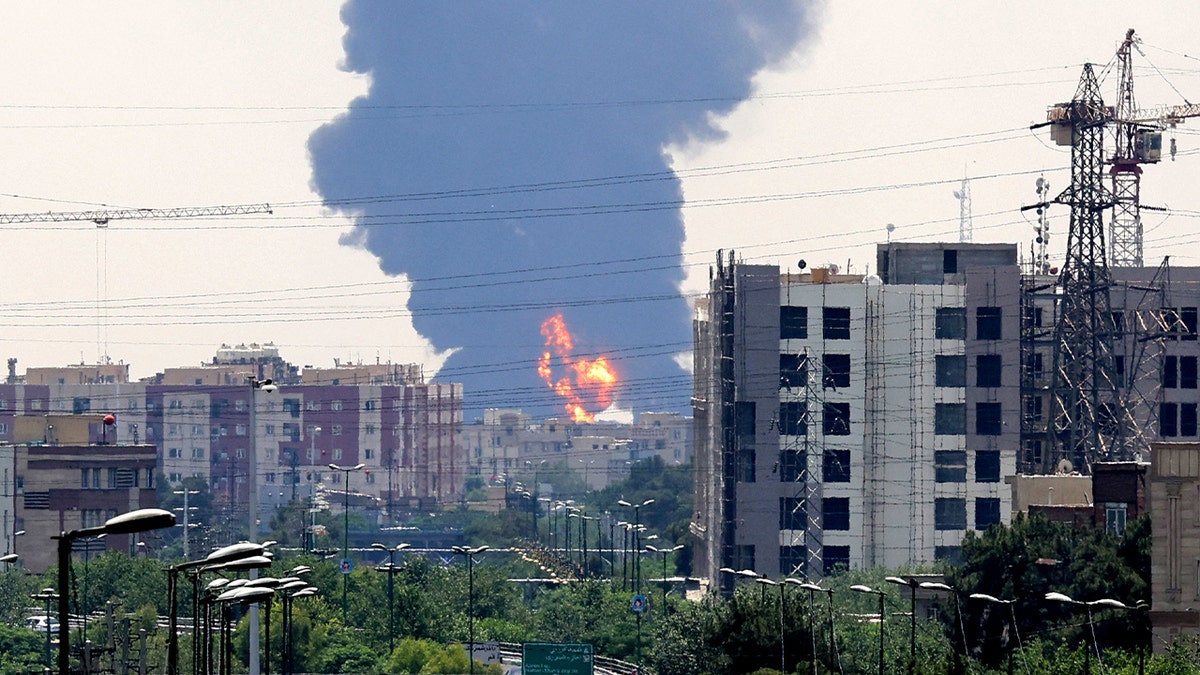
A massive plume of smoke and fire rises from an oil refinery in southern Tehran, Iran, following reports that an overnight Israeli strike targeted the site on June 15, 2025. (ATTA KENARE/AFP)
Orbach explained that Iran is now facing what military theorist William Tecumseh Sherman once described as “a range of bad choices.” “They don’t have the money to rebuild everything,” he said. “They’ll have to choose between restoring their missile program, supporting proxies, or reviving their nuclear infrastructure. They can’t do it all.”
“Iran remains the world’s leading state sponsor of terror,” Misztal added, “They’ve plotted assassinations on U.S. soil before. They’ve carried out attacks globally,” Misztal said. “And they’ve invested heavily in cyber since the Stuxnet attack in 2010. Energy infrastructure, regional systems, even U.S. targets — they’re all vulnerable.”
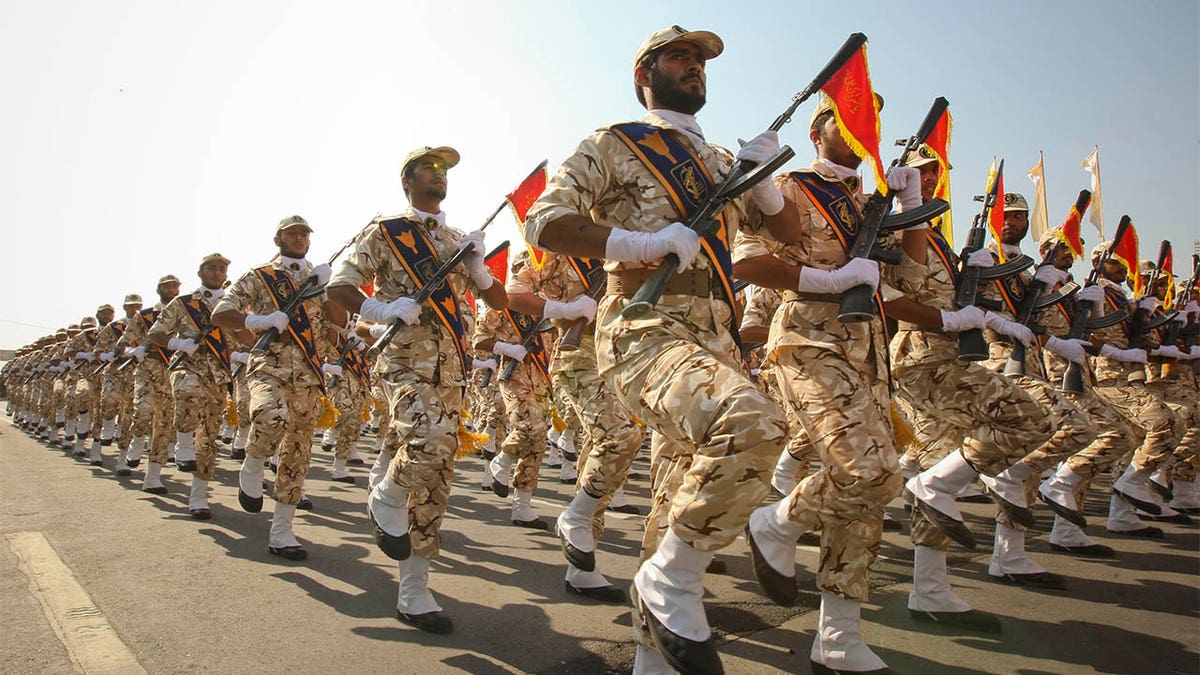
Members of the Iranian Revolutionary Guard Corps (IRGC) march during a parade. The IRGC is designated as a foreign terrorist organization by the State Department. A large part of its work is to covertly operate outside of Iran. (Reuters)
CLICK HERE TO GET THE FOX NEWS APP
“Will Iran learn enough of a lesson from these attacks to moderate its behavior? It seems unlikely,” Misztal added, “I think their hope is that, regardless of how this ends or what happens to their nuclear program, they can return to their usual pattern of aggression — using proxies and indirect attacks throughout the region and beyond. This regime is built on ‘Death to America, Death to Israel.’ That hostility is central to its identity, and it can’t abandon it without losing legitimacy.”
Source link
editor's pick
latest video
Sports News To You
Subscribe to receive daily sports scores, hot takes, and breaking news!

